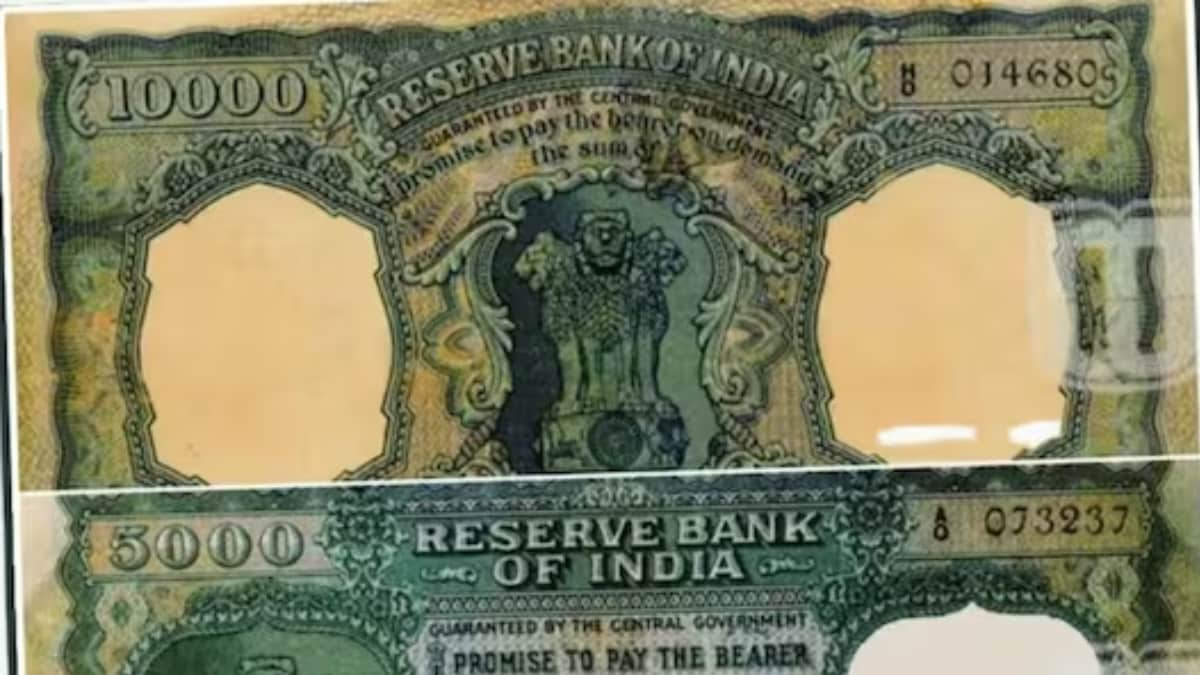Did You Know That We Once Had Rs 5000 And Rs 10,000 Notes In India?

The 1,000, 5,000, and 10,000 rupee notes were demonetised in 1978 by the Morarji Desai
In 1938, the RBI issued the first Rs. 10,000 note.
The 2016 demonetisation exercise sparked a lot of controversy, with complaints of inconvenience to people across the country. Now, that the RBI has scrapped the highest available denomination of the Indian currency, Rs 2000 notes, a fresh discussion on the same has begun. If you thought a 2000-rupee note was the highest denomination ever printed in India, well you’re wrong. You will be surprised to know that the RBI has previously printed Rs 5000 as well as Rs 10,000 notes, the latter being the highest denomination ever printed in the country.
These notes date back to the colonial era. In 1938, the RBI issued the first Rs. 10,000 note. In January 1946, it was demonetised, although it was brought back in 1954. In 1978, it was ultimately demonetised forever. The profiteering of traders is said to be the reason behind the British government discontinuing it. After gaining independence in 1947, India’s 5,000 and 10,000 rupee notes entered circulation.
Seven years after independence, in the year 1954, it was printed. Additionally, one thousand rupee notes were put back into circulation. For almost 24 years, large-denomination currency notes were used indiscriminately in India. The 1,000, 5,000, and 10,000 rupee notes were demonetised in 1978 by the Morarji Desai administration. The announcement came on All India Radio.
The announcement of demonetisation by Morarji Desai had little impact on the populace since big notes were not widely used at the time. The Reserve Bank estimates that 7,144 crore worth of cash was in circulation as of March 31, 1976. In this, Rs 1000 rupee notes were worth Rs 87.91 crore, only 1.2 percent of the total currency. The value of Rs 5,000 notes was Rs. 22.90 crore. A total of 1260 notes of Rs 10,000 with a combined 1.26 crores in value were in use. Therefore, less than 2% of these three large notes were really circulated overall.
The RBI recommended the reintroduction of the Rs 5,000 and Rs 10,000 notes under former governor Raghuram Rajan. The late Arun Jaitley, India’s then-finance minister, later said that the government chose to use Rs 2,000 notes rather than the suggested Rs 5,000 and Rs 10,000 notes because it needed replacement money available right once.
For all the latest business News Click Here

